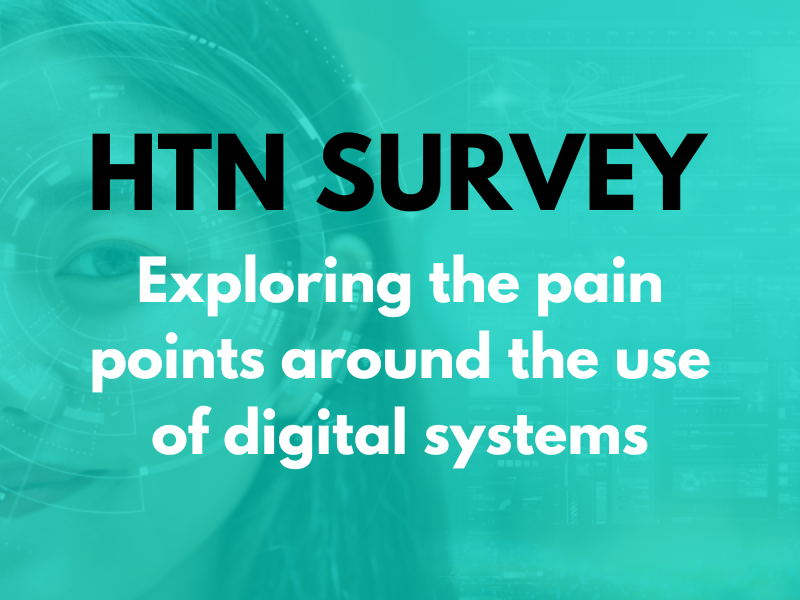The board of York and Scarborough Teaching Hospitals (Y&S) NHS Foundation Trust has shared an update on progress around EPR implementation, next steps, and future focuses for digital.
Overall progress is reported as “in line with plan”, with go-live of the first tranche due to begin on 27 February 2026, including observations, clinical documentation for inpatients, urgent & emergency care, electronic prescribing and medicine administration, and read-only diagnostic results. The second tranche, which contains full order comms, is set to go live on 30 June, 2026, with the third to follow on 30 October.
“Good progress” is reportedly being made on configuring the Nervecentre product, with engagement focusing on the use of digital champions, and user acceptance testing to continue until January 2026. A trust resilience group will also shortly be established to focus on EPR readiness activities.
Elsewhere, the trust is continuing with its multi-year programme of paper records scanning and storage consolidation, is supporting AI trials across diagnostics, and is working on wider trials of Microsoft Copilot with a focus on efficiency opportunities. An AI knowledge base for the organisation is also being built, supported by Microsoft Sharepoint adoption.
A business case is to be developed for upgrading the current data warehousing solution, and “greater alignment” is being sought from departmental IT systems with Y&S digital. An options appraisal is planned as part of considerations for a patient portal strategy, and Y&S will be supporting the rollout of electronic ordering for image diagnostics in primary care.
The trust moves on to share concerns and risks, including around its ability to resource the building and testing of all EPR tranches to maximise opportunities for transformation, and the impact of this work on business as usual activity for digital. Staff availability for training for the first EPR tranche risks impacting the ability to go live on the planned date, it considers, whilst a 2025 DSPT audit further highlighted “known gaps that require multi-year investment and remediation”.
Wider trend: EPR
The Christie NHS Foundation Trust has shared plans and progress delivered to date on its “Future Christie” programme, outlining actions including the deployment of ambient voice technology, the procurement of an EPR, and the implementation of a Joint Analytics for Cancer initiative as “the foundation of the intelligent hospital vision”. Work is underway on an outline business case for a new EPR, with procurement of a solution expected to commence in early 2026 to consolidate existing legacy systems and promote integration, with Deloitte said to be engaged in options appraisal for the new system.
The Humber Health Partnership (HHP) has outlined a vision for its virtual hospital model as part of its Clinical Services Strategy for 2025 – 2030, aiming to reduce the overall size of its physical estate and take advantage of new technologies to deliver care closer to communities. Elsewhere, supplier submissions for an EPR are being evaluated, with a preferred supplier to be named on 30 November, and contracts to be signed in January 2026. The end of the Frontline Digitisation programme will mean an up-front payment to the successful supplier will be required, HHP highlights, and as such, the full business case for the EPR will proceed iteratively to ensure approvals in time to sign contracts.
Barking, Havering and Redbridge University Hospitals NHS Trust has gone live with Oracle Cerner EPR across its hospitals and other sites including Barking Community Hospital and St George’s Health and Wellbeing Hub, as “the last acute trust in London to go digital”. On the go-live, chief executive, Matthew Trainer, commented: “So far, the roll out has been running to time and is largely going as we had expected. We have had problems but have been able to fix most of them as they have come up.








